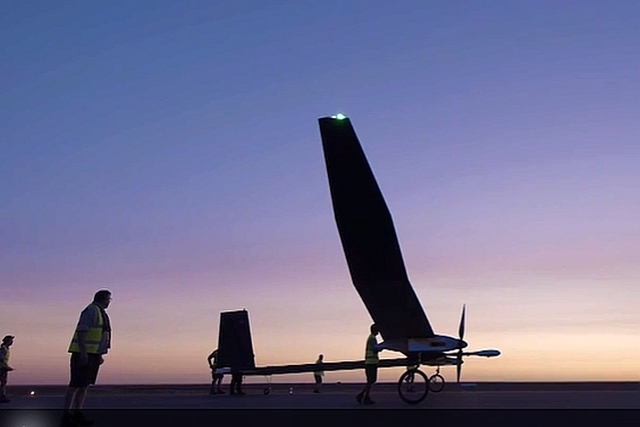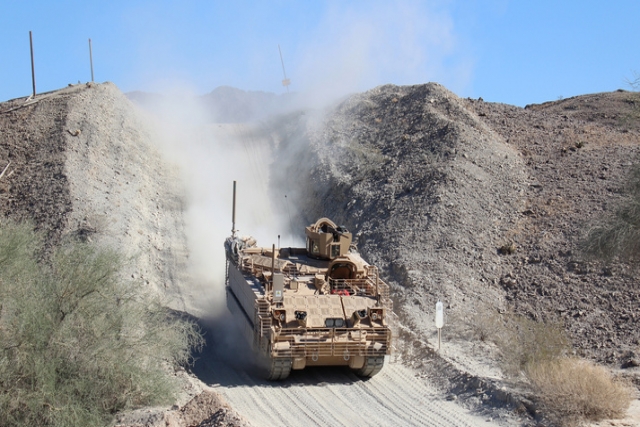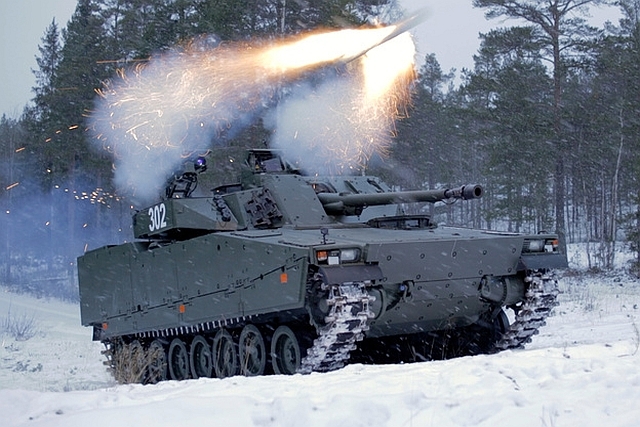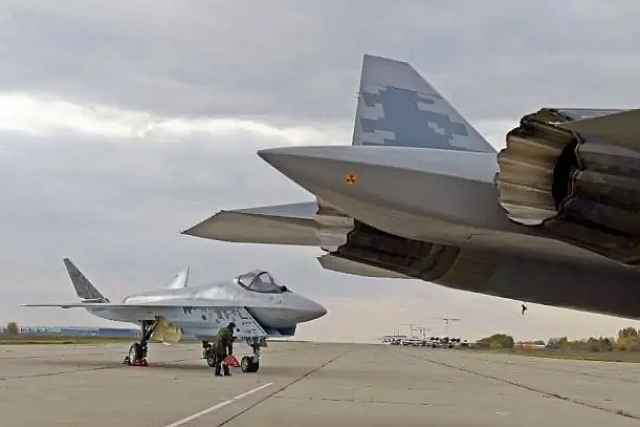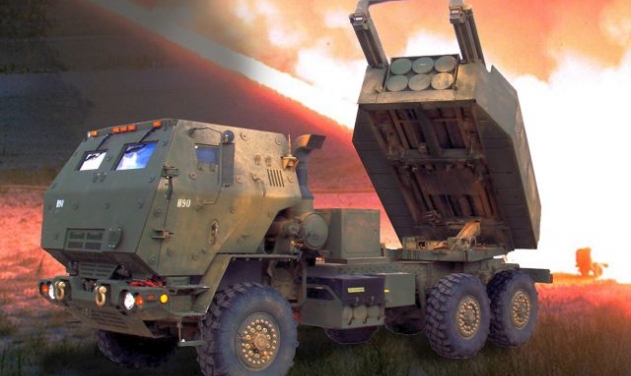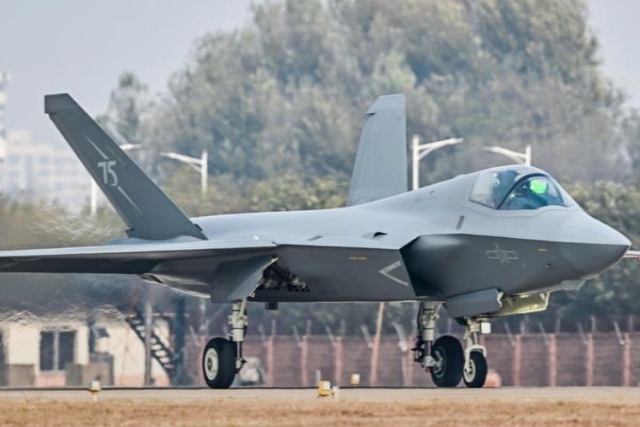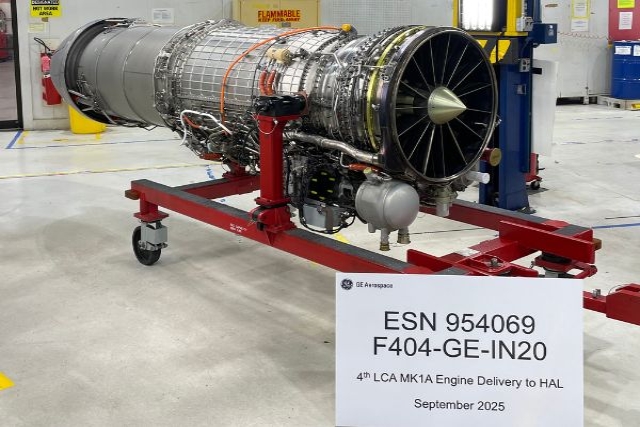BAE Systems’ Solar-Powered Maritime Surveillance Drone Makes First Flight
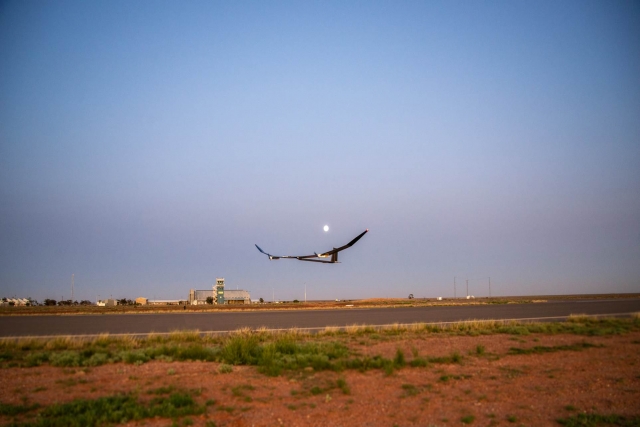
BAE Systems’ new PHASA-35 solar-electric aircraft that can be used for maritime surveillance from the Earth’s stratosphere, has completed its first flight.
“The trials marked the first fully integrated flight test of the PHASA-35 system,” the company said in a statement Monday.
The Persistent High Altitude Solar Aircraft (PHASA-35) has been built by BAE Systems and Prismatic Ltd in two years.
Sponsored by the UK’s Defence Science and Technology Laboratory (DSTL) and Australian Defence Science and Technology Group (DSTG), the flight trials took place at the Royal Australian Air Force (RAAF) Woomera Test Range in South Australia.
Designed to operate unmanned in the stratosphere, PHASA-35 could be forest fire detection and maritime surveillance. The aircraft has a wingspan of 35 meters. It has the potential to stay airborne for a year.
As a High Altitude Long Endurance (HALE) vehicle, the drone is powered by the Sun during the day and by batteries overnight. The long-life battery and solar technology could allow the aircraft to maintain flight for up to a year operating in the stratosphere, the upper regions of the Earth’s atmosphere.
The Unmanned Air Vehicle also has the potential to be used in the delivery of communications networks including 5G, as well as provide other services, such as disaster relief and border protection, at a fraction of the cost of satellites.
Further flight trials are scheduled for later this year, with the possibility that the aircraft could enter initial operations with customers within 12 months of the flight trials programme completion.
